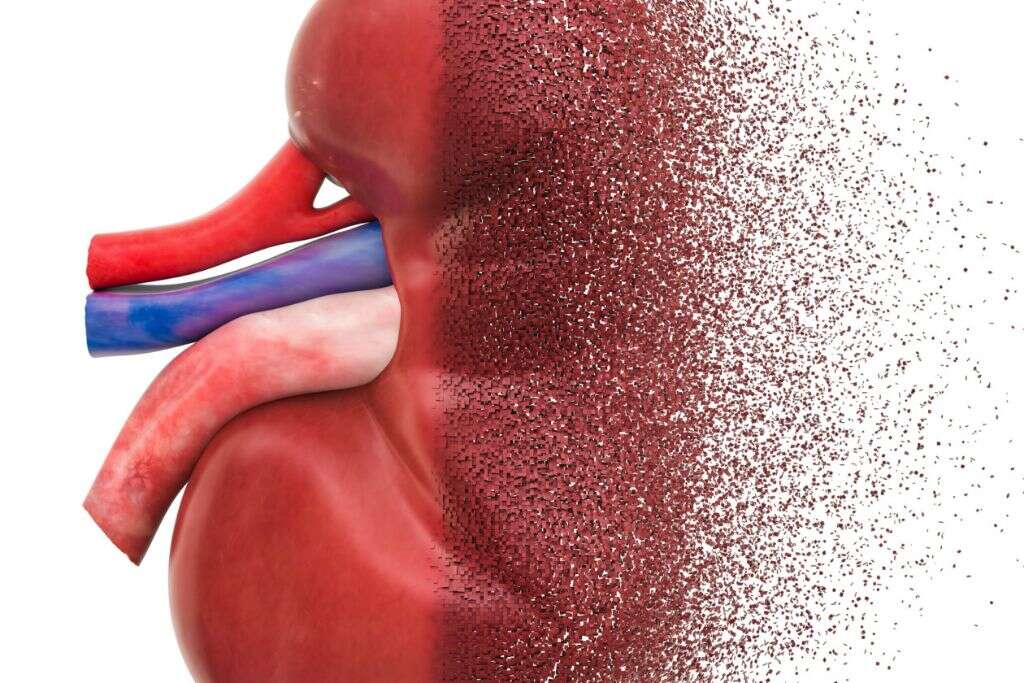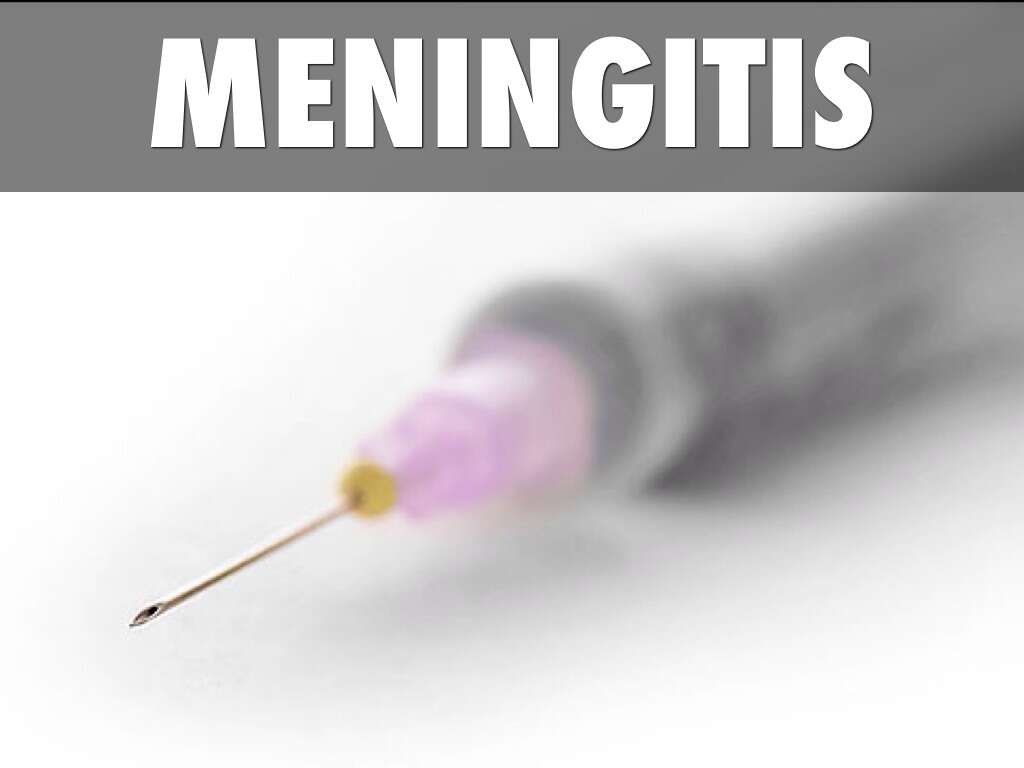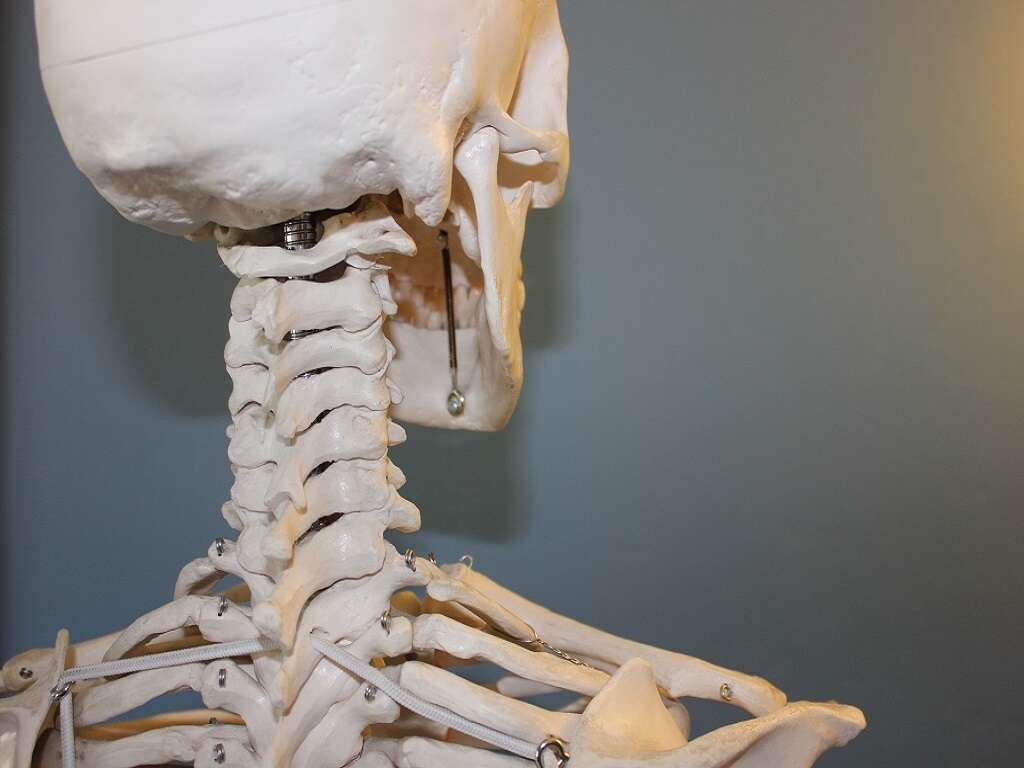What Is Meningitis?
Our brain and spinal cords are protected by a membrane known as the meninges. Although the membrane has evolved to keep the organs safe, it can sometimes develop problems of its own. For example, certain diseases and other conditions will sometimes cause the membrane to become inflamed.
Inflammation of the meninges is a condition that is known as meningitis. There are numerous potential underlying causes of the condition, and the severity of symptoms can range from being quite mild, to downright deadly. Meningitis can be treated in most cases but it will still sometimes be extremely dangerous for the patient.
1. Viral Meningitis
There are numerous potential causes of meningitis, one of which is a viral infection. Different types of virus can cause the condition, and one of the most common culprits is enteroviruses. Other culprits include HIV, mumps, West Nile Virus, and the herpes virus. Viruses are one of the most common causes of meningitis.
Thankfully, cases of viral meningitis are also usually only mild. The symptoms are not usually dangerous, and the disease will usually be dealt with successfully by the immune system. Viral meningitis still has the potential to be very dangerous, however, so it should never be taken lightly.
2. Bacterial Meningitis
Meningitis is also sometimes caused by a bacterial infection, and there are various types of bacteria that can result in bacterial meningitis. It tends to occur as a secondary infection from other diseases where the bacteria are able to spread to the meninges. It can also be caused by infections from accidents, and even through surgery.
Streptococcus pneumonia is a common cause of meningitis, particularly in children. Other culprits include Neisseria meningitides, listeria monocytogenes, and haemophilus influenza. Cases of bacterial meningitis are more likely to be severe and the condition will often pose a very real threat to the patient’s life.

3. Fungal Meningitis
Fungi are also sometimes responsible for meningitis, although fungal meningitis cases make up a small percentage of overall meningitis cases. Of the meningitis cases that are caused by fungi, cryptococcal meningitis is the most common. Fungi are usually easily dealt with by the immune system, so people with fungal meningitis tend to be those with weakened immune systems.
This makes people HIV/AIDS particularly prone. People that have had recent organ transplants are also at higher risk because they tend to be given medication that suppresses the immune system. The symptoms of fungal meningitis tend to be the same as those of bacterial meningitis. It is a potentially life-threatening disease.
4. Newborn Symptoms
It is sad that meningitis is a disease that tends to inflict the very young. Many newborn children will develop the disease, and it will be fatal in some cases. Symptoms of meningitis in newborns typically include a high fever, constant crying, and excessive irritability, and they are also unlikely to be feeding well.
The child will also sometimes have a bulge in their fontanel, which is the soft area on the top of their head. They may also sleep more than usual, will be sluggish, and generally be less active than a newborn typically would be. The patient may also have a stiff neck and body.

5. Symptoms In Older People
In patients that are not newborns, there can be other symptoms to contend with. The symptoms can develop gradually over a few days, although they will also sometimes develop in just a few hours. When symptoms do appear, they will often be mistaken for other diseases like the flu to begin with.
Symptoms of meningitis in people over the age of 2 include a sudden fever and severe headaches. The patient can also develop a stiff neck and they may also develop a rash. Many will lose their appetite, and nausea and vomiting are other potential symptoms. Sleepiness is another potential symptom, as is confusion.
6. Complications
If the symptoms of meningitis are not enough, the condition can also cause some serious complications. For example, the disease can cause damage to the brain, and this can contribute to learning difficulties and memory loss. Some patients can also lose their hearing.
The patient can also develop permanent problems with their gait, and kidney failure is another potential problem. Seizures are another potential complication and severe cases can also cause the patient to go into shock. The most severe cases of meningitis can also result in a fatality, although survival rates are improving as our technology and medicines advance.

7. Who’s At Risk?
Sadly, meningitis is a disease that tends to affect the very young, with children under 5 years old most at risk. People under the aged of 20 are most at risk of developing bacterial meningitis. Although younger people are most at risk, meningitis can still affect people of all ages, including the old.
Other people at risk include those who live in close proximity with many other people. People who miss vaccinations that would otherwise prevent associated diseases are also more prone to catching meningitis. Pregnant women are also at a higher risk, as are people that have a weakened immune system.
8. Prevention
One way to help prevent meningitis is to keep up to date with the appropriate vaccines. There are not vaccines for all pathogens that can cause the disease, however, so it is a good idea to take other precautions as well. This largely means maintaining high hygiene standards.
Washing your hands regularly is an effective method of helping to prevent the spread of pathogens that can cause meningitis. You should also try and avoid sharing items such as cutlery and drinking vessels with other people. Taking good care of yourself overall will also help to protect you by helping to keep your immune system strong.

9. Diagnosis
Diagnosing meningitis will typically involve a brief physical exam from your doctor, and they will also need to ask about your symptoms. If meningitis is suspected, then further tests will need to be performed. This will usually include taking blood samples so experts can look for signs of pathogens.
Other tests include DNA tests that will help experts look for signs of pathogens that could be causing the disease. Imaging technology can also be used to help look for signs of inflammation. A spinal tap procedure may also be performed, which involves taking a sample of the patient’s spinal fluid.
10. Treatment
How meningitis is treated will depend largely on what the underlying cause of the condition is. In instances of viral meningitis, the condition is not usually severe and the patient can recover by getting plenty of rest. Antiviral medication cannot cure the disease, but it may be able to at least slow it down when needed.
Bacterial meningitis is usually more severe and must be treated. This usually involves antibiotics, and which antibiotics are used will depend on the type of bacteria, and the severity of the symptoms. Other medication may also be provided to help reduce inflammation. Antifungal medication may be needed to treat the condition in some cases.










